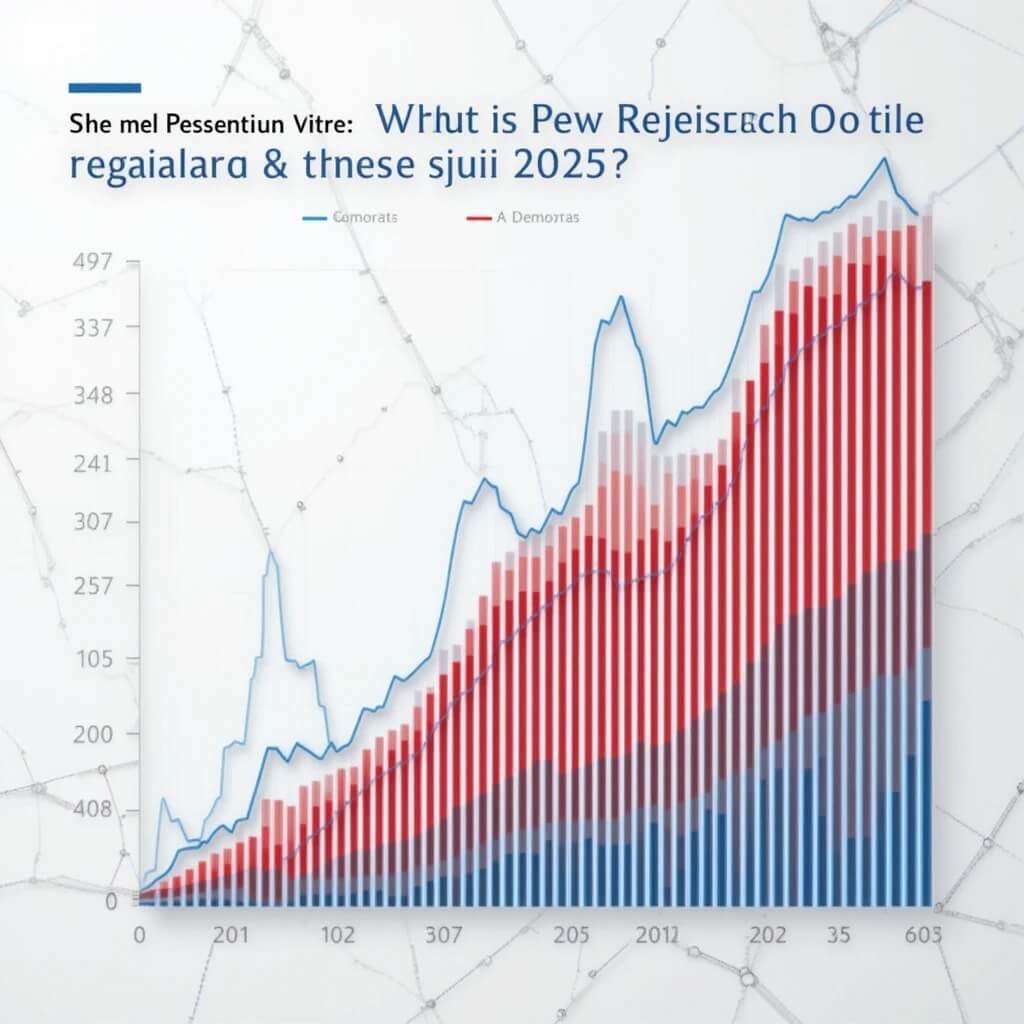America’s political polarization in 2025 has reached unprecedented levels, with ideological and emotional divides shaping the nation’s discourse. From heated social media debates to gridlocked Congress, the chasm between liberals and conservatives feels wider than ever. But is America too divided to unite? This blog dives into the causes, consequences, and potential solutions to this growing divide, offering insights and actionable steps to bridge the gap.

What Is Political Polarization in 2025?
Political polarization in 2025 refers to the deepening ideological and affective divide between political groups, particularly Democrats and Republicans. Ideological polarization involves differing policy positions, while affective polarization reflects distrust and hostility toward the opposing side. According to Pew Research Center, unfavorable opinions of the opposing party have doubled since 1994, with 2022 marking record-high animosity.
Why Polarization Matters
- Erosion of Trust: Americans increasingly view the other party as a threat, undermining democratic norms.
- Legislative Gridlock: Polarization fuels partisan battles, stalling progress on issues like healthcare and climate change.
- Social Fragmentation: Family gatherings and friendships suffer as political differences become personal.

Causes of America’s Political Polarization in 2025
Understanding the roots of political polarization in 2025 is key to addressing it. Several factors contribute to this divide:
1. Social Media and Echo Chambers
Platforms like Facebook and Twitter amplify polarization by creating echo chambers where users are exposed to like-minded views. A 2020 study found that deactivating Facebook for a month reduced policy polarization, as users were less exposed to inflammatory content.
2. Partisan Media
Cable news and talk radio, from Fox News to MSNBC, reinforce partisan narratives. Negative economic coverage since 2018 has widened the “negativity gap,” shaping pessimistic voter perceptions.
3. Generational Shifts
Generational differences fuel polarization. Millennials and Gen Z lean liberal, while Baby Boomers and Silents often align conservative, creating clashes over issues like climate change and social justice.
4. Political Strategies
Politicians exploit polarization to mobilize their base. The 2024 election saw campaigns focusing on entrenched voters rather than persuading moderates, deepening divides.
Impacts of Political Polarization in 2025
The consequences of America’s political polarization in 2025 are far-reaching, affecting governance, society, and individual well-being.
1. Threat to Democracy
Polarization undermines democratic norms. The refusal to accept 2020 election results by some Republicans highlights how distrust can destabilize institutions.
2. Policy Stagnation
Congressional gridlock, driven by polarization, stalls progress. For example, partisan battles over the federal budget and judicial nominees have become routine.
3. Social and Emotional Toll
Affective polarization breeds animosity. Liberals and conservatives report growing distrust, with 77% of Republicans identifying as conservative and 55% of Democrats as liberal in 2025, per Gallup.

Can America Overcome Political Polarization in 2025?
While America’s political polarization in 2025 is daunting, there are actionable steps to foster unity. Here are seven research-backed ideas from the Carnegie Endowment for International Peace:
1. Call Out Polarizing Rhetoric
Leaders should criticize divisive language within their own party. This signals that extreme behavior is unacceptable, reducing partisan hostility.
2. Highlight Intra-Party Disagreements
Emphasizing diverse opinions within parties can reduce stereotypes. For example, framing immigration as a complex issue with varied Republican views encourages nuanced discussions.
3. Share Positive Stories
Stories linking divisive issues to positive outcomes, like immigrants contributing to cultural innovation, can decrease negative attitudes.
4. Avoid Repeating Misinformation
Debunking misinformation by stating accurate information, rather than repeating false claims, prevents reinforcing divisive narratives.
5. Encourage Cross-Partisan Dialogue
Community events and dialogue groups can humanize the “other side,” fostering empathy and understanding.
6. Support Moderate Candidates
Voters can back candidates who prioritize bipartisanship, countering the trend of extreme politicians dominating primaries.
7. Leverage Generational Change
As Millennials and Gen Z gain political influence, their secular, inclusive values may create a more centrist political landscape.
Actionable Takeaways for Readers
To navigate America’s political polarization in 2025, try these practical steps:
- Diversify Your Media Diet: Follow news sources with differing perspectives, like The Wall Street Journal and The New York Times.
- Engage in Respectful Conversations: Use platforms like Living Room Conversations to discuss politics constructively.
- Support Bipartisan Initiatives: Advocate for organizations like No Labels that promote cross-party collaboration.
- Educate Yourself: Read books like “The Roots of Polarization” by Neil A. O’Brian to understand the historical context.
Conclusion: Are We Too Divided to Unite?
America’s political polarization in 2025 poses significant challenges, from eroded trust to stalled policies. Yet, by addressing its causes—social media echo chambers, partisan media, and strategic divisiveness—and embracing solutions like cross-partisan dialogue and moderate leadership, unity is possible. The question isn’t just whether we’re too divided, but whether we’re willing to take the steps to unite. What’s one action you’ll take to bridge the divide?

